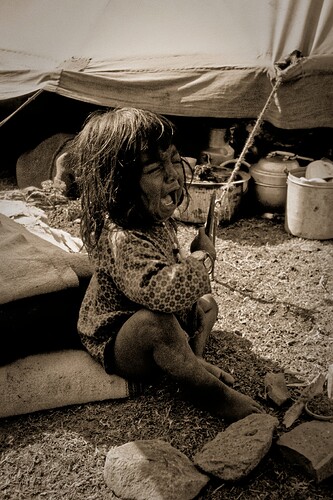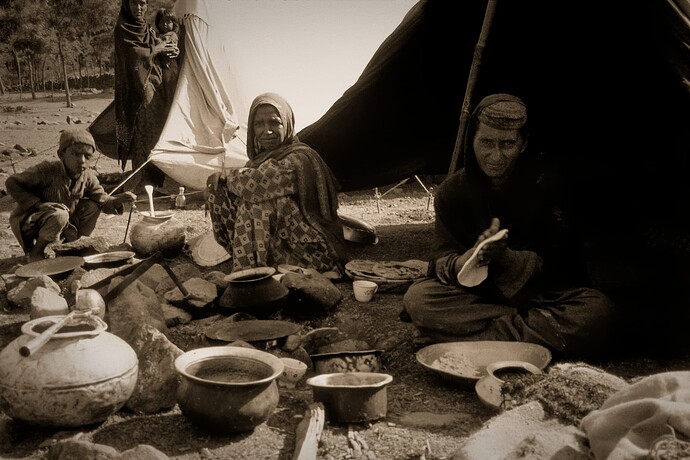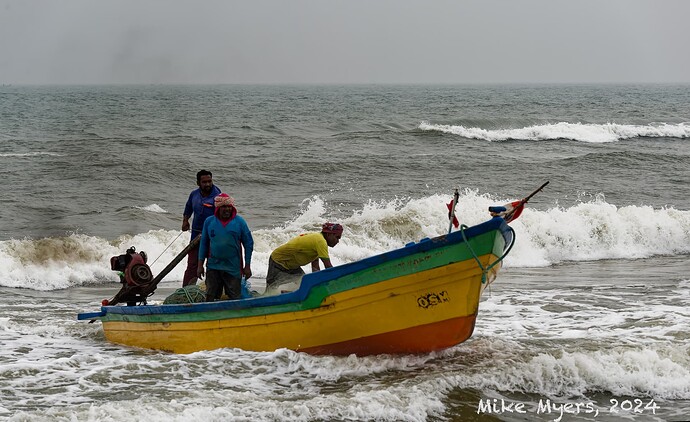Please explain what, when, and where you expect to shoot in India, and what is the photo quality expectance. It would make it easier.
Light in India can be very contrasty and in many places there’s a lot of smog or dust. If you go to Kashmir, the light and air will be very different than in Kerala, obviously. Expect problems with highlights inside temples (e.g. candles, brass reflections). Remember about the monsoon season, etc., etc. (like don’t eat if there are monkeys around ![]() )
)
with the moment already gone…
It seems you were a photojournalist documenting buildings and other static things, so you come from a very different school than me. But still you seem to have a good eye.
Personally, for walkabout use in new places, I use a 24-70 or 24-120 lens (e.g. with D780), mode set to ‘A’, Auto ISO 100-6400 (with DeepPRIME you can try max ISO 25k on D780, but with D700 set max in the 1600-6400 range) with ‘Minimum shutter speed’->Auto->Fastest (to be safe, if you are tired, but adapt to your skills and stamina) and set F-number according to DOF that I want. You will miss less moments that way and you will see more. The goal is to think about the subject, not the camera settings. In some places it’s good to use less intrusive camera/lens. It’s always good to contemplate the scene before or after the shot, otherwise it will remain only on the photo and not in your brain (this is a really important point). If you intend to shoot only static things indoors, the recommendations would be different, the above is generic.
After each shooting series, if you changed aperture, reset it to your favorite default right away (e.g. f/4-f/8). You’ll be in a safe position for a possible next fast shot, when you’ll have time to focus only, composition and DOF not perfect, but that’s better than loosing the moment. However, if you intend to shoot Taj Mahal and have a lot of time, then you can go fully manual with base ISO and wait several days (or months) for perfect light and few people around. This all depends on the context.
Auto ISO is one of the main differences between digital and film phototography. The other major difference being drowning shadows into blacks and more tolerance to overexposure by the film. And of course you can take more photos on a single digital “film” than on a roll, fortunately or not. Sometimes it’s easy to see, if the photographer came from the film era and is still there.
Perhaps I can write more about flash, but I would have to know something about the context.




